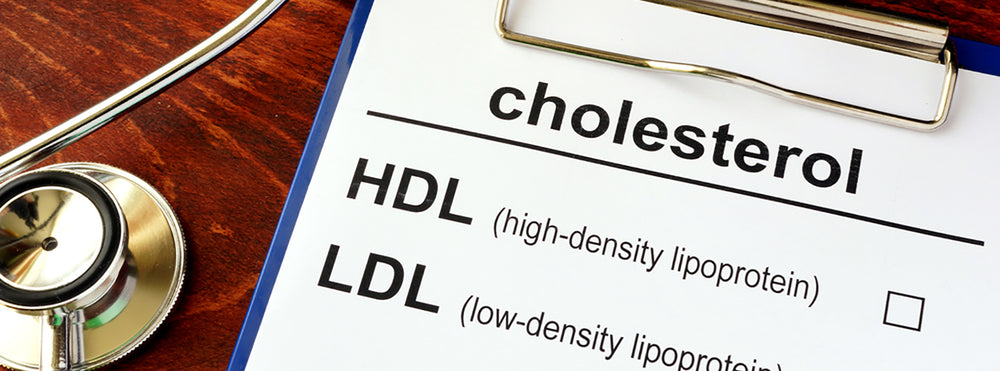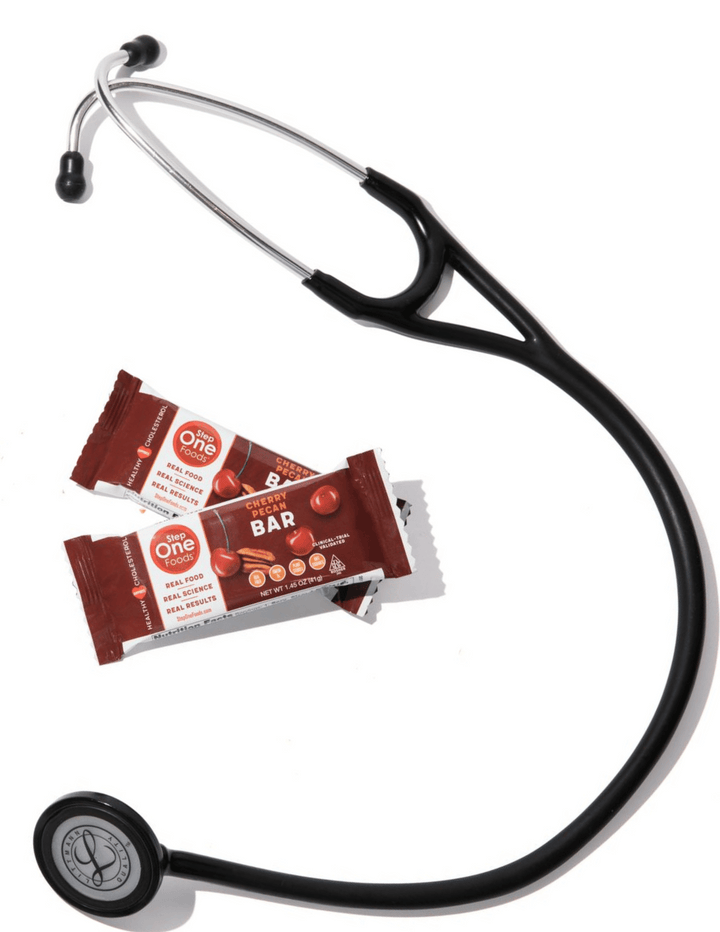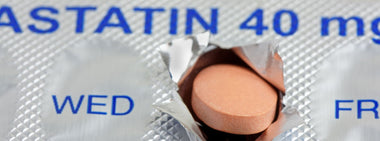A new way to look at LDL

LDL (low density lipoprotein) is a particle that transports cholesterol around the body. It also plays a central role in the initiation and progression of plaque build-up. Intravascular ultrasound studies have consistently demonstrated that the rate of plaque build-up is proportional to LDL levels. This is why LDL is the main target of treatment when cholesterol is high.
The build-up of plaque is determined not only by LDL levels, but also the total duration of exposure to that LDL. This is called “cumulative LDL exposure” and can be calculated by multiplying a person’s age by their lifetime average LDL number. It is expressed in mg-years.
Cumulative LDL Exposure = your average LDL x your age
When we’re young, the cumulative exposure is low, so the risk of experiencing a heart event is low. But plaque build-up is progressing nonetheless, and at some point reaches a critical mass, beyond which experiencing a heart event, like a heart attack, becomes possible.
Scientists have estimated that the threshold of cumulative exposure at which this takes place is 5000 mg-years. So if your average LDL throughout your life has been 125, at age 40 you’ve reached that threshold.
As LDL exposure continues, risk rises and appears to double with every decade of exposure to the same LDL level. So if at age 40 lifetime exposure to LDL of 125 yields a 1%/year risk of a heart event, by 50 that’s 2% per year, by 60 that’s 4% per year, by 70 it’s 8% per year and so on.
Heart attack risk reaches an especially meaningful threshold after 8000 mg-years LDL exposure (age 64 for lifetime LDL of 125). At that point, the yearly risk of a heart event starts to exceed 5%, which is clinically significant.
When you start looking at LDL from the standpoint of cumulative exposure, it becomes clear that the earlier you achieve a lower LDL number, the more impactful the lowering will be. For example, a person who maintains an average LDL of 80 throughout their life will reach the 5000 mg-year threshold at age 62.5, not 40. And the 8000 mg-year threshold at age 100.
As a proof point, members of the Tsimane tribe have the healthiest arteries ever documented and their lifetime average LDL is 91.
This all has profound implications:
- The earlier we achieve lower LDL levels, the better. Which is why eating real food, not too much, mostly plants is not just important for adults. It is also important for children.
- Our current definition of “normal” cholesterol is probably too high. 200 mg/dL for total cholesterol typically translates into an LDL of 120. That practically ensures significant plaque accumulation during one’s lifetime. An LDL of 80-90 (like the Tsimanes) is probably the better definition of “normal”.
At this point, you’re probably getting your calculator out and figuring out your cumulative LDL exposure - and seeing a number you might not like very much. But even if you’re over 8000 mg-years, here’s why you should NOT panic:
- No LDL level or cumulative exposure confers 100% risk.
- It’s never too late to attend to your cholesterol. Lowering LDL in adulthood is still highly impactful, with multiple studies confirming that heart attack and stroke risk is significantly reduced when LDL is reduced - even if you are well beyond the 8000 mg-years benchmark.
- There are also multiple studies documenting plaque REGRESSION when cholesterol is lowered and extensive lifestyle changes are made.
- Cholesterol is only one risk factor for a disease that has many contributors. And if you attend to the other contributors (smoking, inactivity, excess weight, poor diet, high blood pressure, high blood sugar) you will significantly lower your risk even if your cholesterol is not perfect and your cumulative LDL exposure number is high.
- The cumulative exposure benchmarks are only averages and general guides - and everyone is different. Which is why a test like a coronary calcium scan is so useful in evaluating the impact of an individual’s lifetime cholesterol levels on their heart.
And here is what else you need to know:
- The best and safest way to achieve and maintain optimal cholesterol levels, without the risk of medication side effects, is to modify your diet. Regular exercise and not smoking help as well, but when it comes to LDL, what we eat is most impactful.
- A diet that is low in saturated fats and processed carbohydrates, but high in polyunsaturated fats (like omega-3 fatty acids), whole food fiber, nuts and seeds, and enriched with plant sterols can reduce LDL levels by as much as 30 to 40 mg/dL (as we have shown in our study). According to experts in heart disease prevention, that may be enough to eliminate most of LDL’s risk that accumulates during childhood, adolescence and beyond.
This blog is based upon a "State of the Art" paper published in the Journal of the American College of Cardiology, as part of a series on heart disease prevention. You can access the full article here.

Tested & Proven Results.
- Cardiologist formulated
- Supported by over 500 publications
- Clinically-proven, in a double-blind randomized trial with Mayo Clinic and The University of Manitoba
80% of participants lowered their cholesterol in just 30 days. With just two servings per day, Step One Foods offers a proven-effective way to naturally lower LDL (bad) cholesterol.
Get heart health tips and articles like this, delivered right to your email.
New articles every week.
You may also like...

Insulin Resistance, Prediabetes and Type 2 Diabetes. Part 1: Defining the Problem

The 95% Problem: Is Your Doctor Missing the Fastest Way to Lower Cholesterol?

You don’t need to avoid foods with cholesterol…except for these


